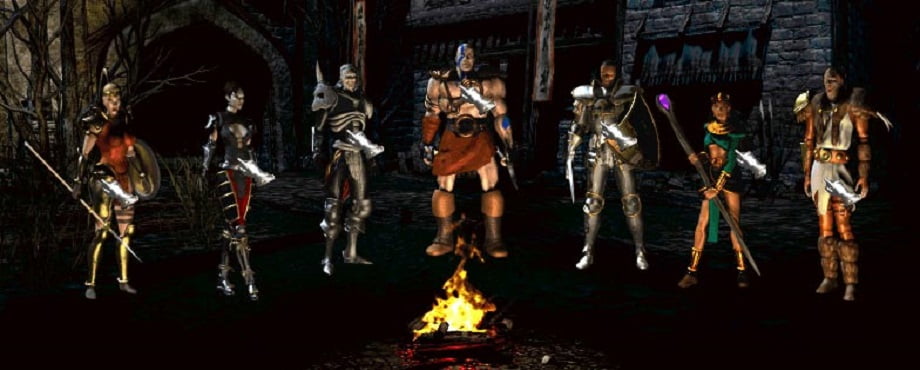


However, since there’s only information about the type of Windows PC hardware you’ll need in order to run the game, it may be difficult for a Mac user to determine if their machine will be up to the task. Obviously, if you decide to use Boosteroid, this would be irrelevant, but if you choose to play the game through Boot Camp, your Mac will need to meet its minimum system requirements.

There aren’t specific Diablo 4 MacBook requirements because the game isn’t available for macOS. The two Apple Silicon chips have the same architecture, which means Boot Camp isn’t an option for them, and we already mentioned that Parallels and CrossOver are generally unable to support this game regardless of the Mac model. As for the other methods that didn’t work on M1 machines, they also won’t let you run Diablo 4 on Mac M2. Also, just like with the M1 machines, the Game Porting Toolkit method also works on M2 Macs. You’ll have no problem playing Diablo 4 on Mac M2 if you go for our Boosteroid cloud gaming instructions, as this method is very versatile and works on pretty much any Mac model, regardless of the type of CPU that it has.


 0 kommentar(er)
0 kommentar(er)
